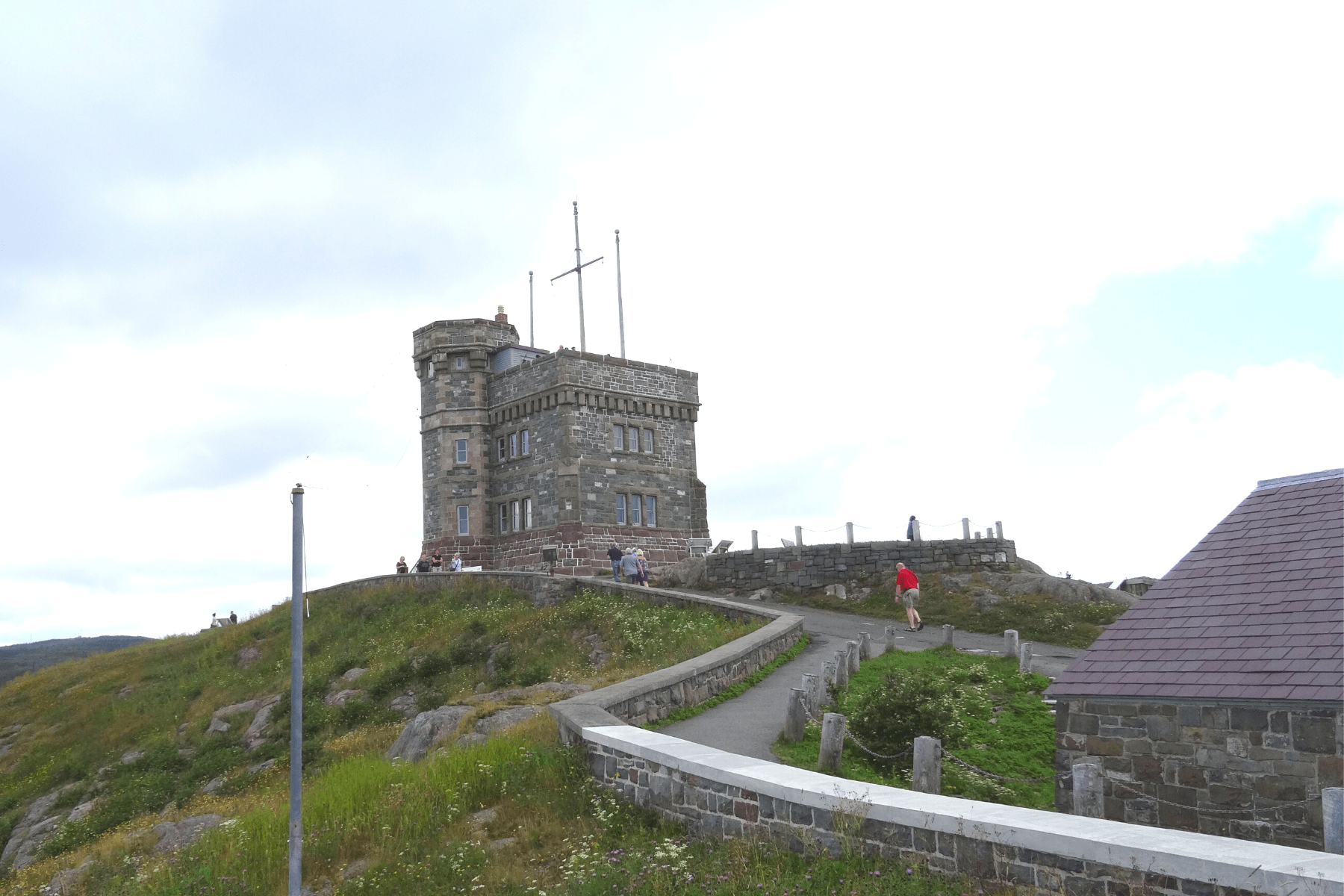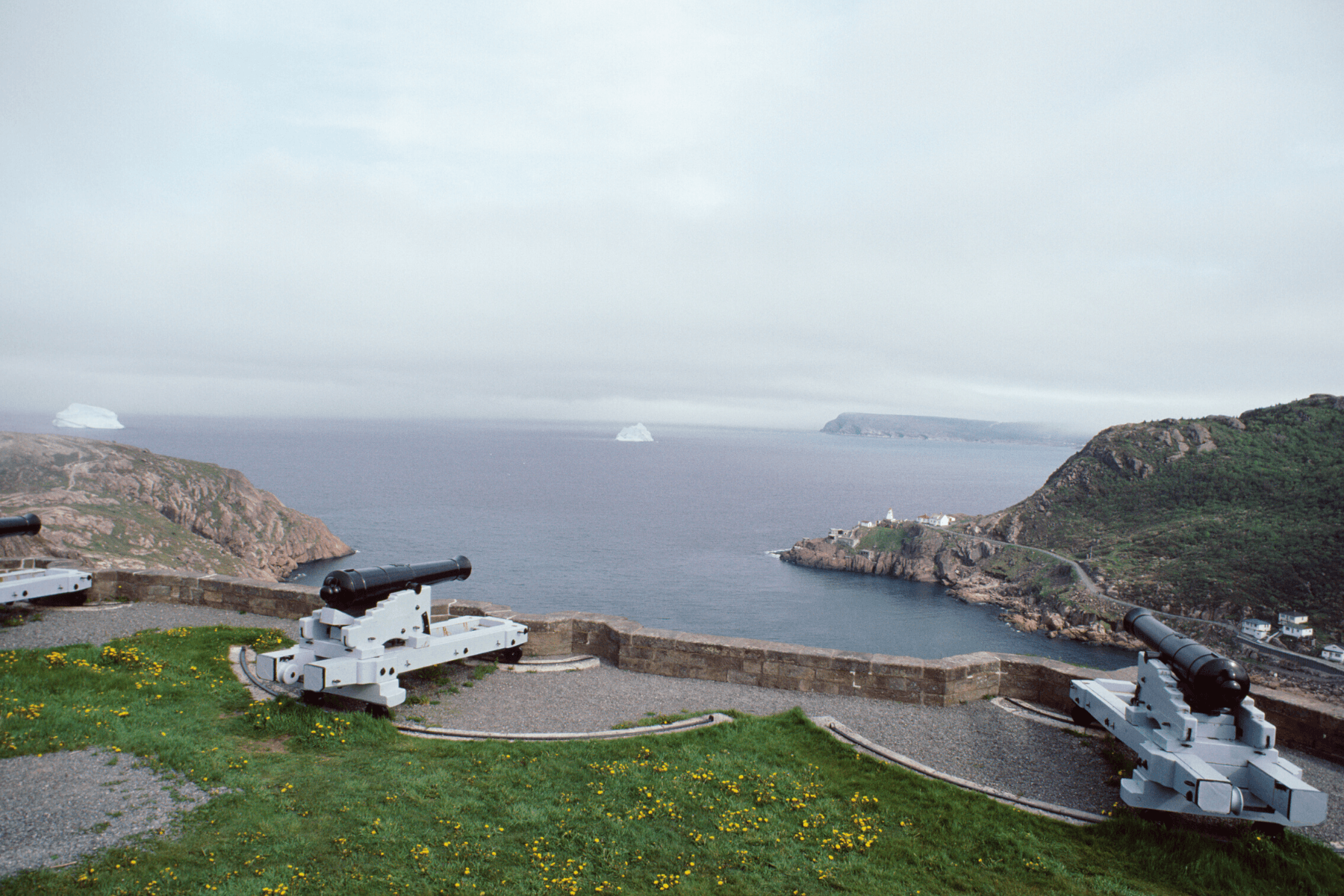My Bookings
Please Enter Your Booking Code To Find Your Booked Tour!
Signal Hill National Historic Site
4.8(4773)



Overview
Top Tips
Looks like there are no tips. Be the first one to add a tip to help people enjoy!
Reviews

Signal Hill is significant for its historic role in strategic military operations and as the location of the final battle of the Seven Years’ War in North America. It is also the place where the first ever transoceanic wireless signal was received by Guglielmo Marconi in 1901. On top of the hill, you will find Cabot Tower and enjoy panoramic views of the city!
Climb Atop Signal Hill On A Guided Tour!
What to Know
Signal Hill, a National Historic Site in St John's Newfoundland, and Labrador, Canada, offers panoramic views of the city and harbor. The hill is home to the Johnson Geo Centre museum and park, as well as the community of The Battery.
The highest point on the hill, Ladies' Lookout, is 167 meters (548 feet) high and features a lookout tower. On December 12, 1901, the very first transatlantic wireless signal was received by Guglielmo Marconi at a deserted hospital on the hill.
How to Get There
To visit Signal Hill National Historic Site, start by heading east on Empire Avenue, Duckworth Street, or Water Street in St. John's. Then, take Signal Hill Road straight up to the Visitor Centre, which is located halfway up the hill. This is where you'll begin your exploration of the historic site.
The best way to get there, however, is to book a tour to St. John's that will take care of the routes for you! This tour will also let you explore Quidi Vidi Village, Cape Spear National Historic Site, and more!
Best Time to Visit
Though the visitor center tends to be open only seasonally, the grounds are open for you to see throughout the year! But the best time to visit this spot is definitely when the weather is pleasant enough to enjoy an unparalleled view of St. John's and the harbor from atop the hill!
Highlights
Climb atop the tourists' favorite spot in St. John's to enjoy the spectacular cityscape spread out before you! Hike or bike on its hiking trails ranging from the easy Burma Road Trail to the challenging North Head Trail! See the iconic Cabot Tower! Learn from the interactive exhibits housed in the Visitor Centre! Shop souvenirs at the gift store to gift your loved ones back home!
Features
Signal Hill National Historic Site offers many activities for visitors to enjoy. One highlight is the Cabot Tower, a stone fortress located at the top of the hill which was once used by soldiers and signalmen to keep watch. Inside the tower, you can find the Heritage Shop, where you can browse a variety of gifts, crafts, music, and books while enjoying the sounds of local music.
Visitors can also pick up a copy of "The Lookout" to learn more about the history of the site and the people who lived and worked there. Additionally, the Visitor's Centre provides a detailed interpretation of the site's history and offers stunning views of St. John's and the Avalon Peninsula. Hiking aficionados will be happy to find a hiking trail that leads from the tower to the Battery and back!
History
The designation of Signal Hill as a National Historic Site is owed to its rich military and communications history that contributed greatly to the country. In 1762, the Battle of Signal Hill was fought in North America to conclude the Seven Years' War, where the French relinquished St. John's to the British under Lt.
Colonel William Amherst. The hill — previously known as "The Lookout" — was dubbed "Signal Hill" because of the flag signaling that took place between land and sea on its summit from the 17th century to 1960. It was also established as St. John's stronghold when it was constructed in the late 18th century.
During the 19th century, this citadel was manned during the Napoleonic Wars and the American Civil War, and in a second construction period, the Queen's Battery Barracks were built. The barracks have now been fully refurbished to how they looked in 1862.
Cabot Tower was built in 1897 to mark Queen Victoria's Diamond Jubilee and the 400th anniversary of John Cabot's arrival in 1497. The tower officially opened in 1900 and originally served as a flag mast and a Marconi wireless station, which has since been relocated to St. John's International Airport.
December 12, 1901, marks the day of the first transatlantic wireless transmission received by Guglielmo Marconi at a deserted hospital (which has since been demolished by fire). The transmission, in Morse code, came from his Poldhu Wireless Station in Cornwall, UK. During World War II, Signal Hill had anti-aircraft guns placed on it by the United States.
A battery of two 8-inch M1888 railway guns was placed there in May 1941 but moved to Red Cliff around 1943. Additionally, Signal Hill was one of three designated sites for a battery of two 155 mm guns on Panama mounts.
Quick Links
Book your Tour
Get in Touch
Toll Free
1-888-961-6584
Local
1-289-271-9767
© 2025 See Sight Tours. All Rights Reserved.
1-888-961-6584

